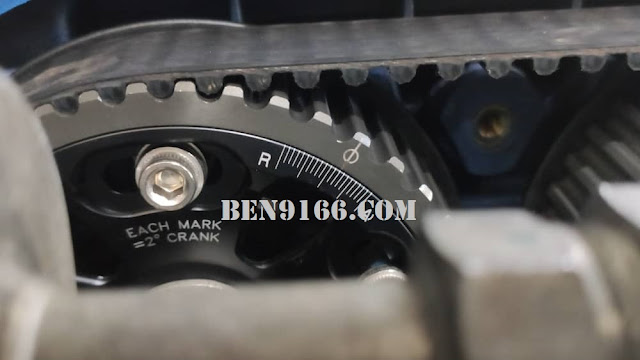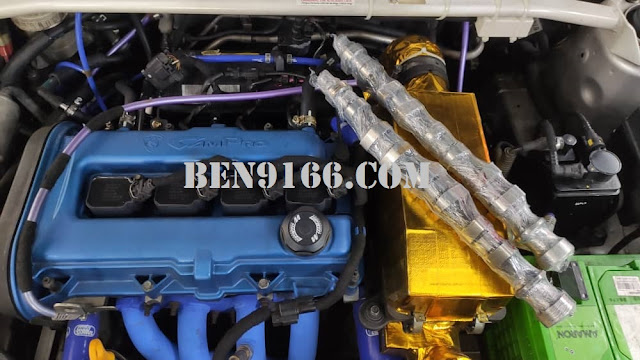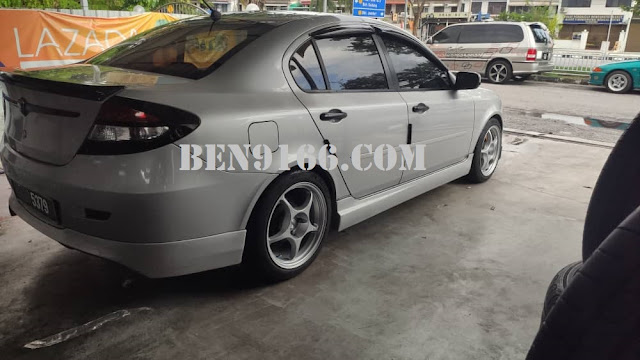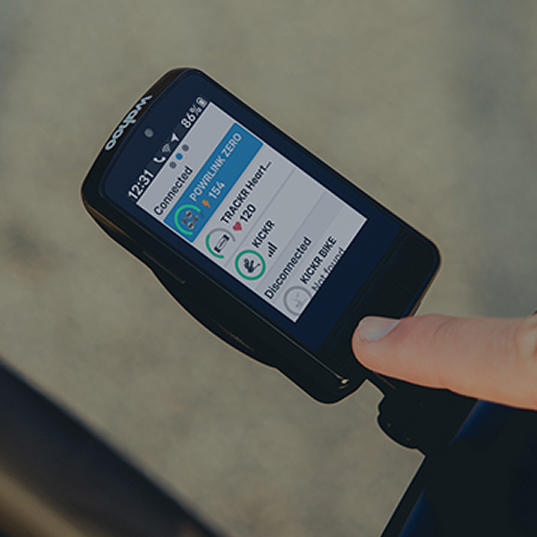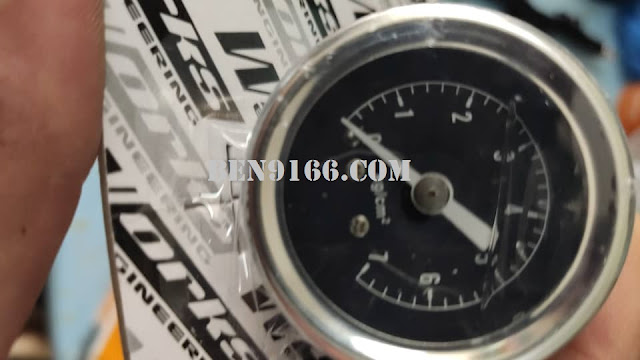
Fuel Pressure Regulator – Why It Matters
A fuel pressure regulator is essential in any fuel-injected engine. It helps maintain the correct fuel pressure across all engine loads and RPM ranges. Without it, your engine may run lean at high speeds or too rich at low speeds. That’s not ideal for performance or fuel economy.
My friend KC, a proud Proton Persona owner, recently decided to upgrade his Campro engine with one. He chose the WORKS Engineering fuel pressure regulator, a brand he trusts for its quality and reliability.
Installing the Fuel Pressure Regulator
The installation process was surprisingly fast. In fact, we completed the upgrade in under an hour. But while it’s a straightforward install, precision is key.
We started by removing the stock fuel rail and inspecting the fuel injectors. Since they were accessible, it made sense to clean them too. Keeping your injectors clean ensures smooth atomization and consistent fuel delivery.
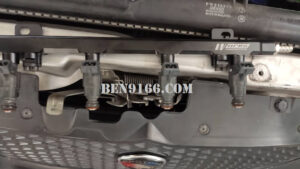
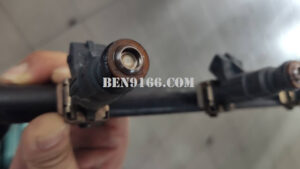
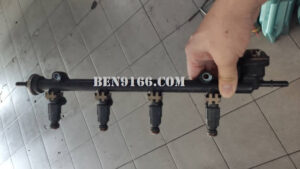
New Setup with the Fuel Rail
Next, we mounted the injectors onto the new fuel rail included with the WORKS kit. It’s a solid piece of hardware and fits the Campro engine perfectly.
Then came the critical part — setting the fuel pressure. While the regulator came pre-set, we adjusted it to 3.8 kg/cm² to match KC’s current engine setup. This setting helps stabilize fuel flow, especially during throttle spikes.
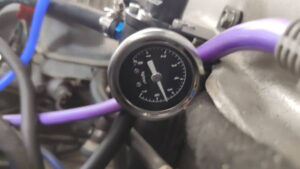
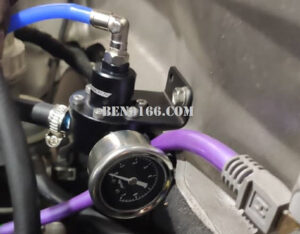
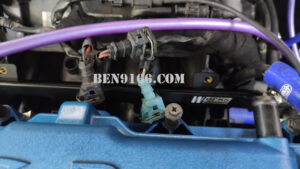
Fuel Pressure Regulator – What It Does (and Doesn’t)
Let’s clear this up: installing a fuel pressure regulator won’t magically add horsepower. However, it ensures that your engine always gets the fuel it needs — not too little, not too much. This makes your tuning more predictable and safer.
Especially with other mods like an adjustable cam pulley or aftermarket ECU, stable fuel pressure becomes even more important. In fact, KC had already tuned his cam pulley to advance 4 degrees, so adding this regulator helped maintain engine balance.
What’s Next?
KC’s Persona is still a work in progress. More performance parts are coming soon. Each upgrade adds to the reliability and responsiveness of his build. We’ll be covering more about the Campro engine and mod tips in upcoming posts.
If you’re planning a Campro build or want to learn more about tuning it properly, stay tuned. You can also leave a comment or reach out via email — we’re always happy to share tips and advice.
